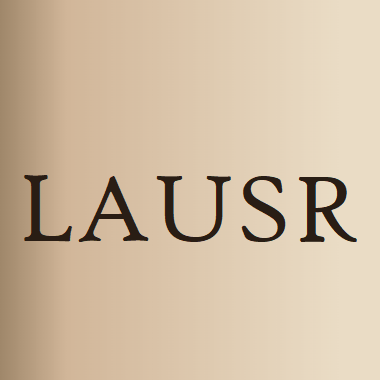
ABSTRACT Background: Although loxoscelism (bites by brown spiders of the genus Loxosceles) frequently results in dermonecrosis, no previous clinical reports have provided detailed temporal photodocumentation of the evolution of dermonecrotic… Click to show full abstract
ABSTRACT Background: Although loxoscelism (bites by brown spiders of the genus Loxosceles) frequently results in dermonecrosis, no previous clinical reports have provided detailed temporal photodocumentation of the evolution of dermonecrotic lesions in a case series. Methods This was a retrospective cohort study involving a case series of loxoscelism. Only cases of dermonecrosis with photodocumentation of lesion evolution (from admission until complete or almost complete healing) were included. Results: Eight patients (six men, two women; median age, 38 years) fulfilled the inclusion criteria. The bite sites included the thigh (n = 4), forearm (n = 2), abdomen (n = 1), and trunk (n = 1). Time interval between the bite and first contact with our service ranged from 15 to 216 h (median = 29 h). The main clinical manifestations included local erythematous and ischemic violaceous lesions overlying a base of indurated edema (livedoid plaque, 8), local pain (8), exanthema (6), serohemorrhagic vesicles/blisters (5), fever (5), and jaundice (1). Based on a previously established classification, the cases were classified as probable cutaneous-necrotic loxoscelism (CNL, n = 4), presumptive CNL (n = 3), and presumptive cutaneous-hemolytic loxoscelism (n = 1). Seven patients were treated with anti-arachnidic antivenom (AV; median time post-bite = 46 h). Complete lesion healing ranged from 34 to 98 days post-bite (median, 68 days; six patients). None of the patients required reconstructive plastic surgery. Conclusions The sequential photographic documentation showed considerable variation in the process of wound healing, with complete epithelialization requiring up to 3 months after the bite.
Journal Title: Revista da Sociedade Brasileira de Medicina Tropical
Year Published: 2022
Link to full text (if available)
Share on Social Media: Sign Up to like & get
recommendations!